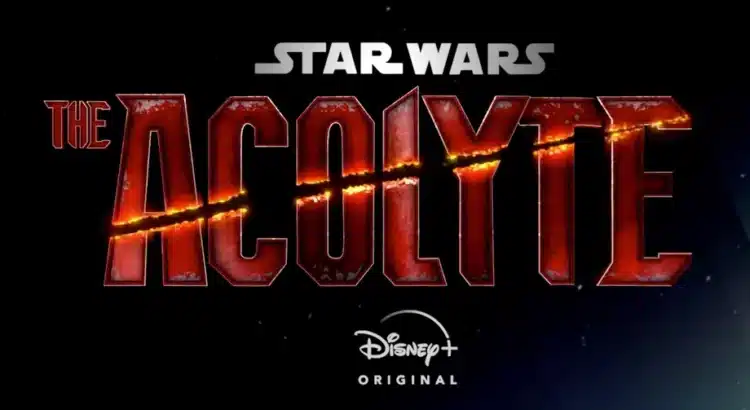Disney has revealed that it has invested a staggering $49.2 million in the pre-production of its upcoming Star Wars streaming series, The Acolyte. This figure surpasses the pre-production costs of the 2016 Star Wars blockbuster, Rogue One, by $5.5 million, highlighting Disney’s significant commitment to this new venture.
The Acolyte: A New Chapter in the Star Wars Universe
The Acolyte is a Star Wars series set approximately 100 years before the events of the first Star Wars prequel, Star Wars: The Phantom Menace. Unlike most Star Wars stories, which typically revolve around widespread galactic conflict, The Acolyte is set during a period of peace throughout the galaxy. This unique setting, combined with its high production budget, makes The Acolyte a significant gamble for Disney, especially at a time when the company is trying to cut costs following a series of box office disappointments.
The series, set to premiere on the Disney+ streaming platform next year, features a cast that includes Lee Jung-jae from Squid Game, Manny Jacinto from The Good Place, and Dafne Keen from Logan. Recently, it was revealed that Keanu Reeves and Carrie Ann Moss, both from The Matrix franchise, will also make appearances in the show.
The Cost of Pre-Production
The Acolyte’s pre-production costs are nearly five times the minimum spending requirement of $1.3 million per broadcast hour to qualify for the UK’s Television Tax Relief scheme. Over the 18 months leading up to September 24, 2022, the company qualified for a cash reimbursement of $7.6 million due to its blockbuster spending. This reimbursement helped to reduce The Acolyte’s net spending.
The series’ pre-production costs also exceeded those of other Star Wars projects. For example, Disney spent only 17% more on pre-production for The Last Jedi in 2017, a film that was a guaranteed hit thanks to its A-list cast and iconic characters.
The Future of Disney’s Star Wars and Marvel Franchises
Disney’s significant investment in The Acolyte comes at a time when the company is reevaluating its approach to producing content for its Star Wars and Marvel franchises. Disney’s chief executive, Bob Iger, recently announced that the studio would be slowing down its production of movies and TV series for these franchises as part of a cost containment initiative.
Despite this, the company’s investment in The Acolyte demonstrates its commitment to creating high-quality content for its streaming platform. While it remains to be seen how this new series will perform, its high production budget and unique setting make it one of the most anticipated Star Wars spinoffs to date.
FAQ
Q1: What is The Acolyte? A: The Acolyte is an upcoming Star Wars streaming series produced by Disney. It is set approximately 100 years before the events of the first Star Wars prequel, Star Wars: The Phantom Menace.
Q2: Who are some of the cast members of The Acolyte? A: The cast of The Acolyte includes Lee Jung-jae from Squid Game, Manny Jacinto from The Good Place, and Dafne Keen from Logan. Keanu Reeves and Carrie Ann Moss, both from The Matrix franchise, will also make appearances in the show.
Q3: How much has Disney spent on the pre-production of The Acolyte? A: Disney has invested $49.2 million (£38.3 million) in the pre-production of The Acolyte.
Q4: When will The Acolyte be released? A: The Acolyte is set to premiere on the Disney+ streaming platform next year. The exact release date has not yet been announced.
Q5: How does The Acolyte differ from other Star Wars stories? A: Unlike most Star Wars stories, which typically revolve around widespread galactic conflict, The Acolyte is set during a period of peace throughout the galaxy.
Q6: Where was The Acolyte filmed? A: Principal photography for The Acolyte began in October 2022 at Shinfield Studios just outside London.
Q7: How does The Acolyte fit into the overall Star Wars timeline? A: The Acolyte takes place approximately 100 years before the events of the first Star Wars prequel, Star Wars: The Phantom Menace. This places it in a unique time period in the Star Wars universe.
Via Forbes







